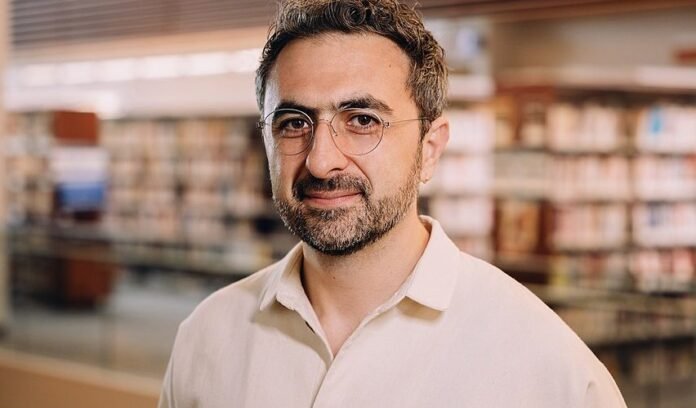Mustafa Suleyman says staying 3–6 months behind AI’s cutting edge is strategic, not a weakness
Microsoft AI chief Mustafa Suleyman says the company’s deliberate choice to stay a few months behind the generative AI frontier is a key part of its long-term strategy. Speaking at Microsoft’s 50th-anniversary event in Redmond, Washington, Suleyman — also the co-founder of DeepMind — explained that the Microsoft AI strategy is about being smart and selective, not always first. By staying “three to six months behind,” he noted, Microsoft can reduce costs and focus on delivering more targeted, efficient innovations.
“It’s cheaper to give a specific answer once you’ve waited,” Suleyman told CNBC in an interview. “We call that off-frontier. That’s actually our strategy — to really play a very tight second.”
In a world where AI development is ferociously expensive and competition is cut-throat, Microsoft’s second-place approach is deliberate. Rather than pouring billions into developing the absolute top-of-the-line models, the company prefers to build practical, more cost-effective tools once the cutting-edge groundwork has been laid by others — notably, OpenAI.
This isn’t just philosophical. Suleyman pointed out the immense capital demands of cutting-edge AI work. By focusing on tailored, slightly older models, Microsoft avoids duplication and can concentrate on real-world deployment through platforms like Copilot — its AI assistant integrated into Windows, Office, and beyond.
On Friday, Suleyman revealed that Copilot would soon gain a “memory” feature — allowing it to remember recurring users and key personal details. OpenAI’s ChatGPT introduced something similar months earlier, but the move signals Microsoft’s intent to adapt successful innovations without necessarily being first.
Suleyman’s position reflects a broader tension within Microsoft’s relationship with OpenAI, in which the tech giant has invested $13.75 billion. While Copilot draws heavily from OpenAI’s models, including the advanced o1 reasoning system, Microsoft has begun developing its own internal AI capabilities — and is keen to be self-sufficient over time.
Embed from Getty Images“Long-term, it’s mission-critical that we are able to do AI self-sufficiently at Microsoft,” Suleyman said. “But until at least 2030, we remain deeply partnered with OpenAI. It’s been an enormously successful relationship for us.”
Yet cracks in that partnership are becoming increasingly visible. Microsoft formally listed OpenAI as a competitor in mid-2024, and in January, OpenAI announced it was working with Oracle on its ambitious $500 billion Stargate project — ending its exclusive reliance on Microsoft’s Azure cloud. Despite that, Microsoft insists OpenAI has recently recommitted significant resources to Azure.
Microsoft’s current approach seems to balance partnership with quiet independence. It releases smaller open-source AI models that run on consumer PCs, contrasting with OpenAI’s larger, GPU-hungry systems. These lightweight models don’t need massive data centres, and represent a practical, decentralised path that could pay dividends as AI shifts from hype to everyday utility.
Suleyman’s own arrival at Microsoft in 2023 marked a key moment in its AI trajectory. Alongside staff from Inflection, the startup he previously led, Suleyman was brought in to sharpen Microsoft’s AI direction as OpenAI became more autonomous.
Despite the evolving dynamics, Suleyman isn’t panicking. His long game is about balance — using OpenAI’s strengths while building internal resilience. Being a step behind the frontier is not a weakness, he argues, but a calculated advantage.
“We have an incredibly strong AI team and huge amounts of computing,” he said. “Maybe we don’t develop the absolute best model in the world first — that’s very expensive and unnecessary.”
For Microsoft, the race isn’t about being first — it’s about being smart, sustainable, and user-focused. And with the world watching AI evolve faster than ever, second place might just be the spot with the best view.
